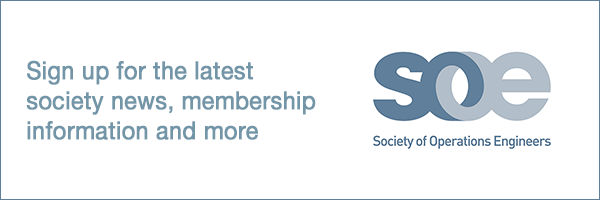
Last week, in the US, Stratasys set an initial goal to produce 5,000 face shields at no cost to recipients through its own and partner resources. This includes both a 3D printed visor and a clear plastic shield that covers the entire face. Stratasys says that number will be exceeded and the coalition should be able to produce more than 11,000 face shields next week, and 16,000 or more during the following week.
In Europe, the company is serving as a hub to connect service bureaus with those requesting help, and has fielded offers and requests in most of the larger countries. The company has also posted the full face shield printing and assembly instructions for anyone to produce face shields on their own.
So far, the coalition is serving the needs of more than 30 different health systems, covering hospitals, clinics, academic medical centres, and nursing homes. The first shipments started on 25 March.
“I have never seen collaboration across our industry the way I’ve been seeing it over the last couple weeks,” says Stratasys healthcare segment leader Scott Drikakis. “The need is dire, but we are getting the kind of commitments from our coalition partners that will make a real difference and help buy time to scale up the manufacturing of shields and other essential supplies. This rapid, adaptive response is what 3D printing does exceptionally well, and I’m very proud of our employees and partners."
| You may also be interested in: News - JCB joins call to action over ventilator shortage News - Fever screening thermal imaging system released |
Stratasys is producing thousands of visors itself in Minnesota, California, and Texas, marshalling the resources of Stratasys, Stratasys Direct Manufacturing, and MakerBot. This is in addition to continuing to meet other requests of customers and partners for 3D printers, materials, on-demand parts, and service.
The company is also responding to the crisis in additional ways. Stratasys is ramping up production of 3D printing materials to support its partner network. It has also made free the material licenses on many of its printers used to make the visors during this time.







